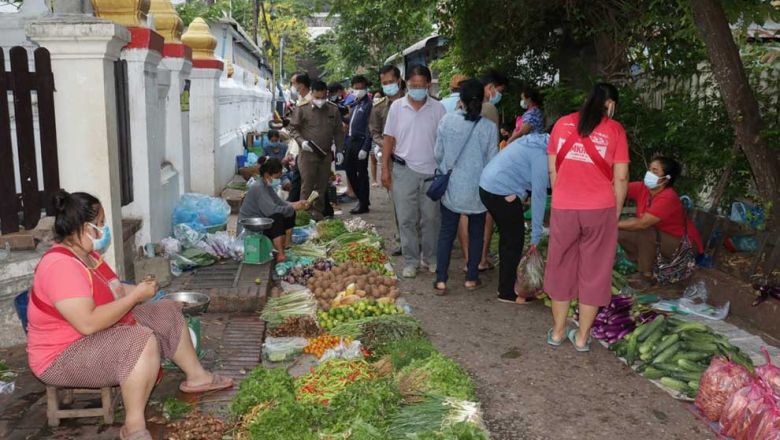Inflation pursues downward trend in March
Inflation pursues downward trend in March
The inflation rate in Laos continued to decline in March, mainly driven by the falling price of fuel on the world market.
As an importer of oil, Laos has benefited from the falling fuel prices as they help to lower production costs, ensuring the supply of products satisfies demand.
An economist from the Faculty of Economics and Business Management at the National University of Laos, Dr Phouphet Kyophilavong, told Vientiane Times yesterday that business operators who are impacted by fuel prices, especially in the transport sector, would benefit from the declining oil prices.
However, the falling inflation rate is concurrent with the global economic slowdown which has also impacted Laos and investment has not grown as anticipated.
According to the Bank of the Lao PDR, the Consumer Price Index in January this year stood at 123.90 with the inflation rate at 0.84 percent.
This trended downwards to 1.32 percent in February and 1.13 percent in March. Generally speaking, the inflation rate in Laos has stayed below the 2 percent figure recorded in February last year.
The general public is still complaining about high prices as products that involve fuel consumption have not seen lower prices in line with the falling cost of oil.
Dr Phouphet said Laos still imports a lot of food items from Thailand and if food prices in Thailand rise, this will affect Laos. In Laos, the food and transport category is the main factor driving inflation.
The economy has grown more slowly over the past three years, mainly as a result of the slow growth of the global economy, particularly in China.
According to a recent IMF report, the global economy is projected to grow by 3.2 percent in 2016 and 3.5 percent in 2017.
IMF Managing Director Christine Lagarde has warned that the recovery remains too slow and too fragile, with the risk that persistent low growth can have damaging effects on the social and political fabric of many countries.
Oil exporting countries in the Middle East lost about US$390 billion in revenue due to lower oil prices last year and should brace for deeper losses of about US$500 billion this year.
In Laos, the Ministry of Industry and Commerce announced a reduction in the price of fuel across the country for the fourth time this year.
In Vientiane, petrol stations should sell premium grade petrol for 7,610 kip per litre and regular petrol for 6,640 kip per litre, while diesel is selling for 5,300 kip.
In general, the inflation rate has remained lower than the rate of economic growth which was recorded at 7.6 percent this year.
Economists predict that the economy will continue to grow at not less than 7.5 percent over the next five year, which will be driven by the investment sector.















